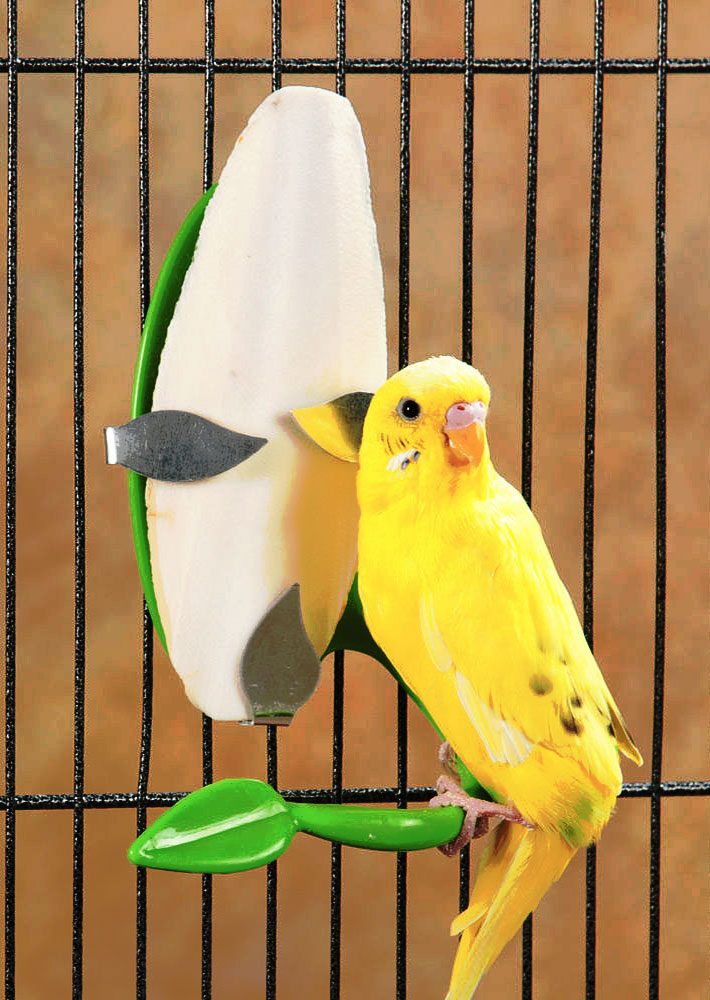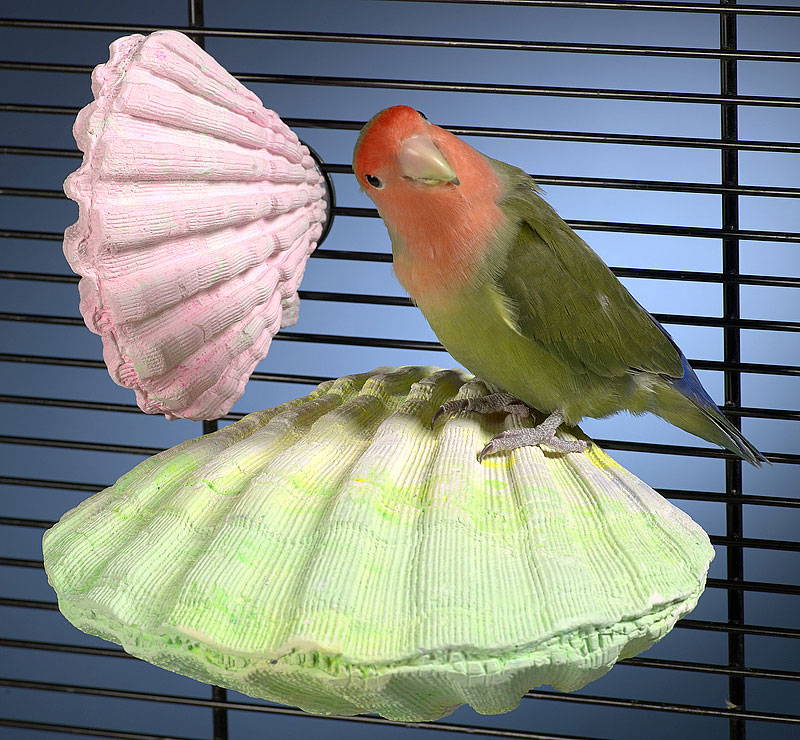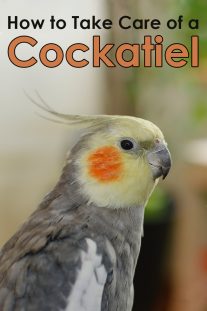
Cuttlebone. You see them in all of the pet stores in the bird aisle. You know, the white, funny-looking oblong disc-like thing shaped like a canoe. Okay, but what is it?
It’s actually from the inside of a cuttlefish, a member of the cephalopod family. It’s not actually a bone. It’s an internal shell that has gas-filled internal chambers that keep the cuttlefish buoyant.
Cuttlebone has been around a long time and was originally ground up and used as a powder for polishing. This is a little astonishing but this powder was actually added to toothpaste for the “polishing qualities” as well as being used in antacids. Jewelers used the powder for polishing as well as the actual bone for making molds. They would cut it in half, rub the halves of the bone together until they were perfectly flush. They would then carve the bone to create the mold. Because it could withstand high temperatures, it was the perfect material to use for making casts of metal jewelry as well as other small decorative metal objects.
Some birds use it and some don’t. Mine aren’t too fond of cuttlebone. But for the birds that like them, they can be an interactive item for their cage or play gym and a way for birds to polish their beak.
But birds aren’t the only pet being offered cuttlebone to enrich the calcium level in their diet. Cuttlebone is also offered to reptiles, hermit crabs and chinchillas. They have even been given to turtles in aquariums to increase their calcium intake. They are great for these animals because they float and they don’t foul the water. And they have found that it increases the density of their eggs when they lay them.
It has around the same amount of calcium as egg shell but it’s a bit more convenient to have a cuttlebone in place in the cage rather than feeding egg shells. Egg shells need to be boiled and disinfected before offering them to your bird.
The purpose of the cuttlebone is two-fold. If your bird ingests some of it, they can benefit from the calcium that is found in it. But the polishing properties work well on their beaks and aids in removing any outer scaly layers that might not get removed any other way with the exception of taking your bird to a groomer. When your bird pulls at it or brushes her beak on it, those little scaly flakes get removed from the friction and those flaky parts get polished right off.
The aspect I like about cuttlebone is that it gives your bird yet another choice whether to use it or not and when they prefer to use it. It enriches their cage with another object to play with as well as introducing another texture into their lives. Choice is important when caring for birds and even the little choices are important.

There are many different ways you can offer cuttlebone to your bird. Cuttlebone normally comes with a set of clips to attach to the side of the cage. You can use that or you can always use a plastic tie wrap to attach it. You could also just break off bits of the cuttlebone and offer it to them sprinkled on top of their food. Some families use a mortar and pestle to grind it up and sprinkle it onto their food. Whatever works for you and your birds is the way to go with this method of offering additional calcium into their diet.
Some people find that their bird is more likely to play with it if they simply shove the cuttlebone sideways through the cage bars. And lastly you can always just place it on the bottom of the cage. This might get them tossing it or shoving it around the bottom of the cage. This gives them another activity and the act of shoving it around is exercise that is good for them.
Try offering cuttlebone to your bird if you haven’t already. It might just be an item they would enjoy playing with and the calcium and polishing benefits are helpful to your bird.




Leave a Reply